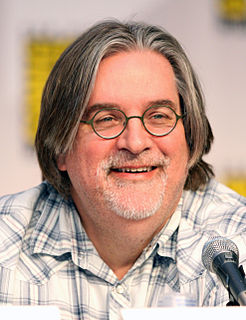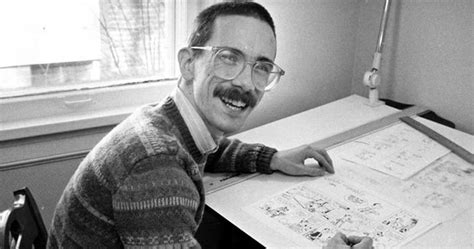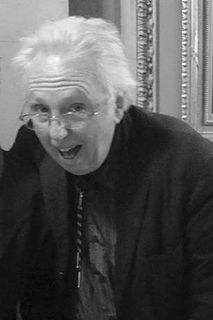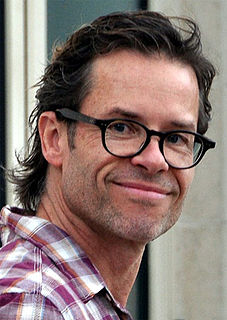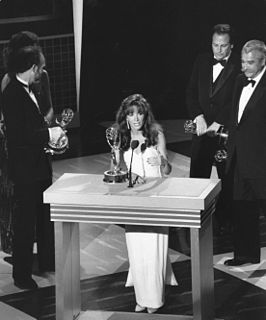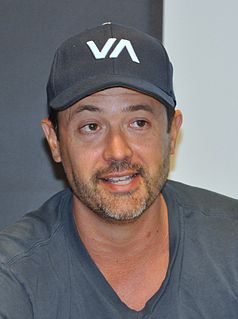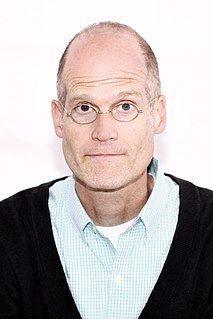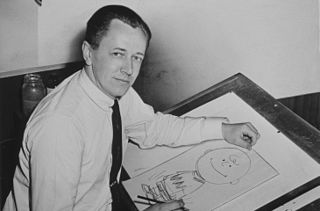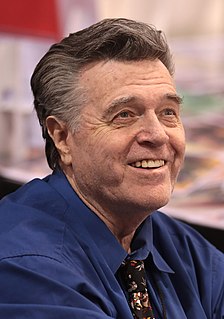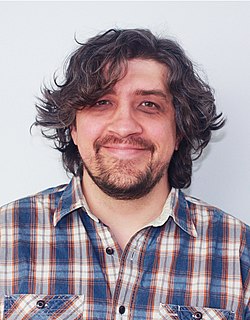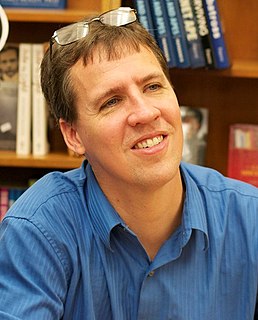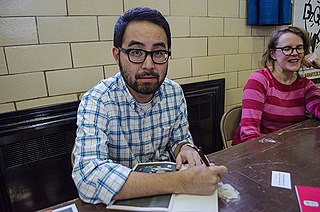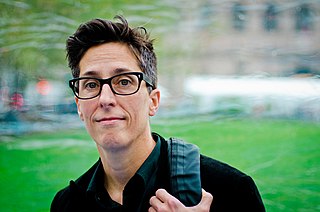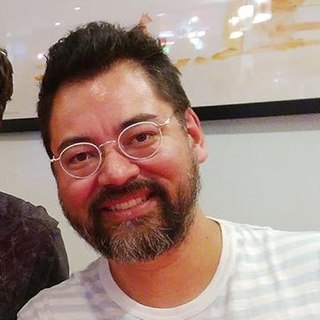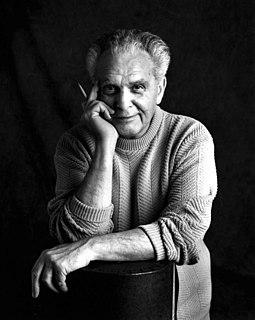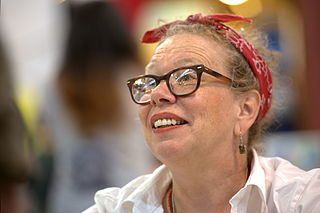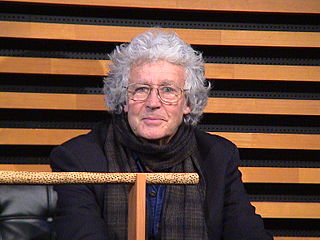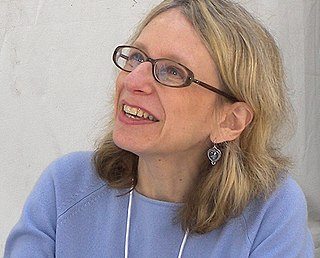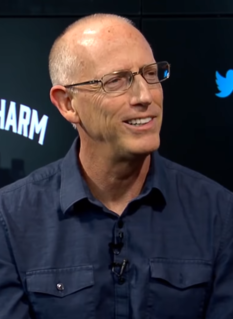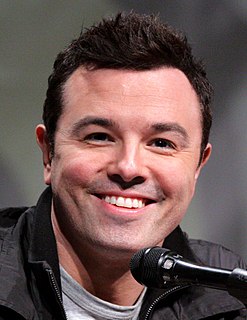A Quote by Matt Groening
Charles Schultz is a really interesting case. He wrote that comic strip and drew it himself from beginning to end, and it's a work of genius. It's very simply drawn, but it has some really deep emotions that you don't expect in a silly-looking comic strip.
Related Quotes
I'd always enjoyed the comics more, and felt that as long as I was unemployed it would be a good chance to pursue that and see what response I could get from asyndicate, as I didn't have anything to lose at that point. So I drew up a comic strip - this was in 1980 - and sent it off and got rejected. I continued that for five years with different comic strip examples 'til finally Calvin and Hobbes came together. But it's been a long road.
There's a rhythm to the words combined with the pictures [in a comic]. Whenever I'm working on a comic strip I re-read it, probably hundreds of times through to pay attention to how all of those things work. Sometimes even changing the angle of a character's eyebrow can really, seriously alter the effect and overall interpretation of a scene. And the insertion of a pause or a cough or a sniff, and all these things that we do in conversation, can bring it to life in a strange way.
I did freelance cartooning off and on from college graduation in 1991 through ABC News hiring me in 2003. I did a weekly comic strip for 'Roll Call' for about nine years. I sold cartoons and caricatures to 'The Los Angeles Times' and 'The Washington Post.' I drew as much as I could. It's really tough to make a living doing it.
Back in the olden days when we were rubbing sticks together, everybody wanted to have a comic strip, to live in Westport Connecticut, to have a Jaguar and to have a wife and two and a half kids and to have a girl in town in their studio in Manhattan that they'd romance, and then they'd have people ghost their strip. It was like this big dream.
